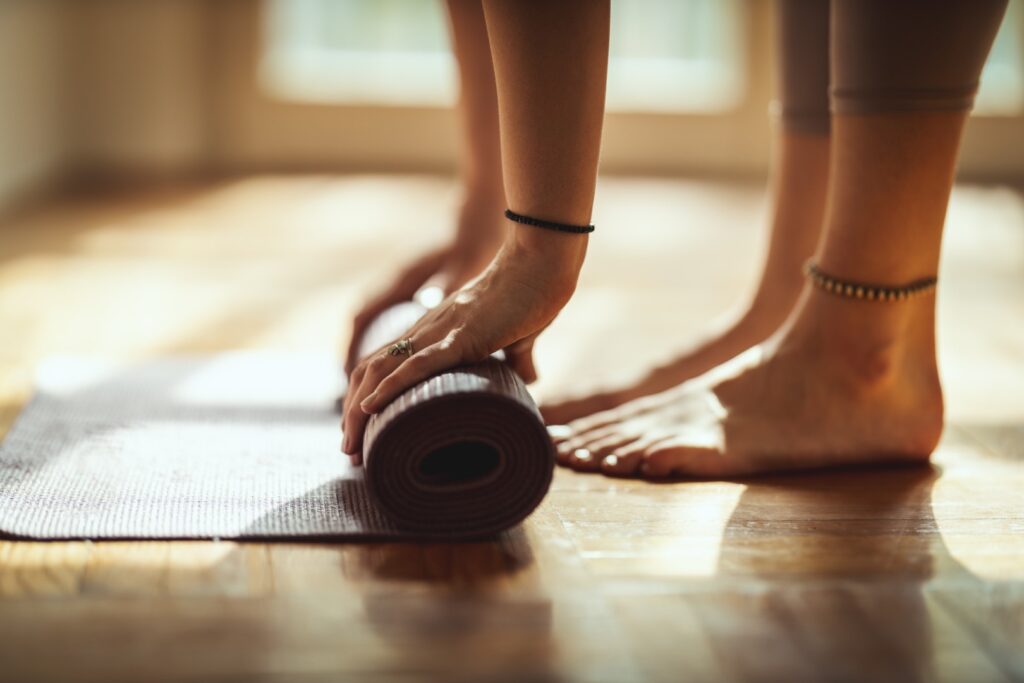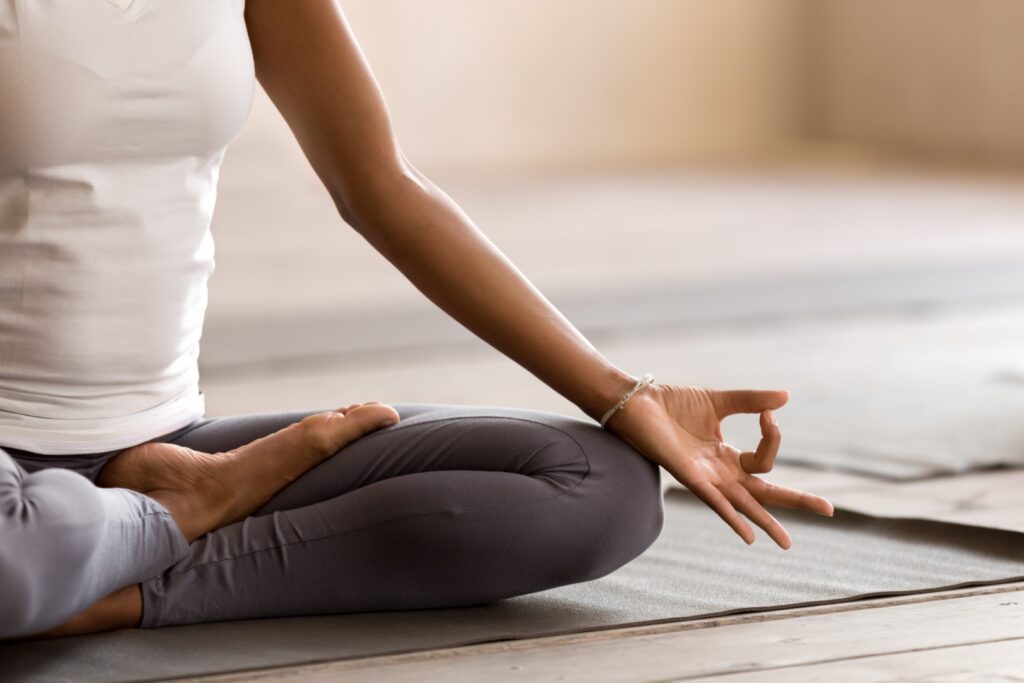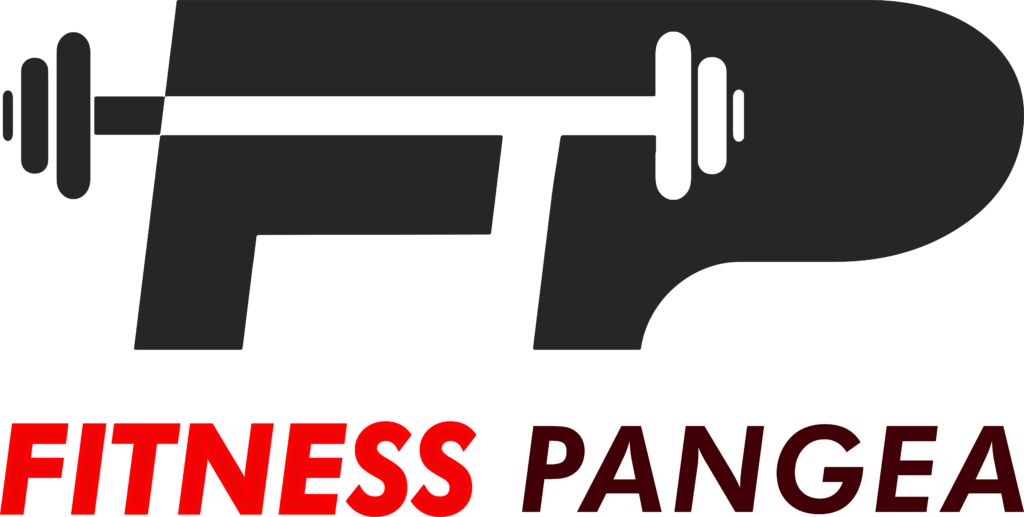Unity is the direct translation of the Sanskrit word “yoga,” which is acknowledged as the original language of yoga. And it is an excellent description of yoga as it exists now, she continues. “We describe it as uniting the mind and body via the use of breath.” According to Sherwin, many individuals are aware of the physical advantages of yoga and consider it a kind of exercise. However, yoga is much more than that. “It’s truly a way of life; the postures are only one component,” she explains. According to Sherwin, yoga originated in India and has been practiced for around 5,000 years. “Initially, it was taught privately to males of the highest rank,” she explains.

Traditionally, yoga is a practice that promotes physical, mental, emotional, and spiritual health. Yoga is no longer often seen as a set of religious ideas. According to the Yoga Alliance, yoga may be performed in a purely secular way and is practiced by individuals of all religious traditions, as well as agnostics and atheists.
Yoga is believed to have arrived in the United States in the late 19th and early 20th centuries. Swami Vivekananda’s 1893 speech to the World Parliament of Religions in Chicago was a pivotal occasion. Sherwin explains that the 1946 publication of Paramahansa Yogananda’s Autobiography of a Yogi was a significant moment in the growth of yoga in the West. At the early half of the 20th century, yoga teachers were more likely to travel from city to city to offer yoga classes or deliver yoga lectures than to teach in a studio (as is the case today).
The use of hand gestures will become second nature.
Anjali Mudra, also known as “Salutation Seal,” “Prayer Position,” and “Namaste” (after the greeting that often accompanies it). Learn more about the meaning of your hand gestures and how to apply them in yoga practice.
2. THIS is a yoga position.
If you can find a comfortable method to sit, you can do yoga. Sukhasana, also known as Easy Pose, is the standard. Invoke your inner kindergartener and attempt this form from your youth. Observe how it simultaneously fosters a sense of stability and vigor, making it the ideal spot to establish a goal for your practice or meditate for a few minutes.
The Sun Salutation is a vital practice.
If you practice yoga, you’ve not likely done a Sun Salutation. And for good reason: this sequence stretches, tones, and warms the whole body, making it ideal preparation for the remainder of an asana practice.
The beginning of advanced asana is Plank Pose.
In yoga, we speak of “foundational poses,” or basic asanas that everyone, regardless of ability or experience, should know inside and out and return to often. These postures help you develop and retain the strength and alignment necessary to perform the more difficult postures with integrity. If any stance is essential, this is it.

5. Chaturanga is not a transition but a stance. Make each and every one count.
chaturanga dandasana four limbed staff position
Instead of seeing Chaturanga as a sprint from Plank to the floor, recognise that it is a formidable position in and of itself. Slowly and mindfully, it will develop the arm, core, and leg strength necessary to sustain arm balances, backbends, and inversions.
Everything is more doable when performed carefully.
You may have tried yoga because of all the hype around mindfulness. Nora Isaacs explains how applying mindfulness to your yoga mat might make your 30th Sun Salutation seem less like agony if you’re wondering where the Buddhist notion fits into this Indian discipline.
The Revolved Triangle Pose encompasses the complete essence of yoga.
Revolved Triangle Pose (Parivrtta Trikonasana) may be quite challenging. Beryl Bender Birch said it best: “The posture is a famous illustration of what Patanjali defines in the Yoga Sutra as the union of sthira and sukha — effort and ease, hardness and softness, expansion and contraction, ascent and descent, solar and lunar.”
It is very reasonable to fear inversions.
Aadil Palkhivala says that resistance to inversions is understandable since we do not often flip ourselves upside down in everyday life. But it would be a mistake to allow fear to prevent us from experiencing so many advantages and pleasures,” he argues, using a Ralph Waldo Emerson quotation.
Backbends are not an all-or-nothing proposition.
As you integrate backbends into your practice, begin with the fundamentals: Sphinx, Baby Cobra, and Cobra. Jason Crandell discusses why you must abandon the notion that size counts in backbends in order to master the core moves and gain power for these postures.
You don’t need anything to begin a yoga practice, but you may desire the following as you advance.
No Socks or Shoes, No Issue
Generally, yoga is conducted with bare feet on a mat. Because socks are slippery, it is not advised to wear them. If you must wear socks, go for athletic socks with rubber grips on the soles.
Yoga Mats The majority of yoga studios and gyms provide mats, however many yoga practitioners choose to purchase their own mats for reasons of cleanliness and because mats vary in material, density, and stickiness. You may acquire a strong affinity for a certain mat type. Choose a mat that avoids slipping and sliding, since this will provide you with a sturdy basis for transitioning between poses. Regularly clean your mat with antibacterial wipes. If you want to rent mats at your studio or gym, it might be prudent to take a small package of antibacterial wipes to clean the mats.
Clothing Comfortable attire is advised. In general, any fitness attire would do for a yoga session. However, as you move into headstand and handstand postures, clothing that is overly baggy may impede your practise.



